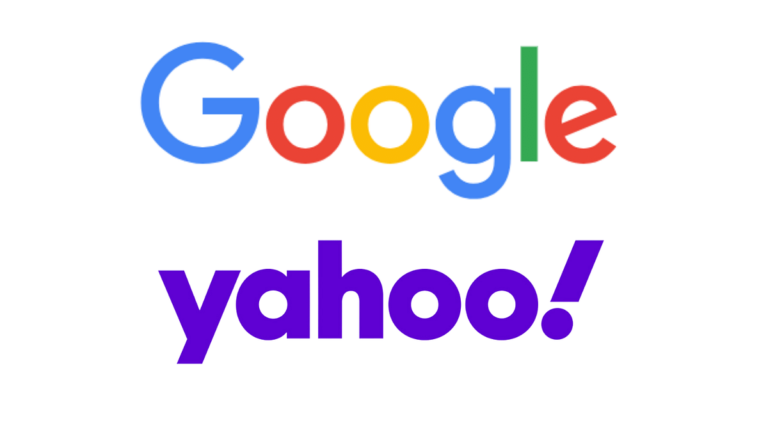Google and Yahoo have announced that starting February 1, 2024, they will implement new sender guidelines for users to send to their platforms. For Gmail users who send a lot of emails, the revised guidelines affect senders around the world. Additionally, if you send more than 5,000 messages daily to his Gmail address, you should be aware of additional requirements.
Unlike Google, Yahoo has not yet specified a rollout date for these guidelines, but the company has said it will roll out the guidelines in the first quarter of 2024. Notably, in the case of Yahoo, there is no specific mention of a triggering volume threshold. Need for additional guidelines.
Google and Yahoo advise marketers to only send emails to individuals who have indicated they want to receive messages from brands. We do not recommend obtaining email addresses or mailing lists through purchases. Additionally, the use of automatically-checked opt-in forms is prohibited. More importantly, “Automatic opt-in is restricted in some countries and regions. Check your local laws before automatically opting in users.”
These guidelines specify providing a one-click unsubscribe option and processing unsubscribe requests within two days. However, it is unclear whether this period refers to his two working days or his two consecutive days.
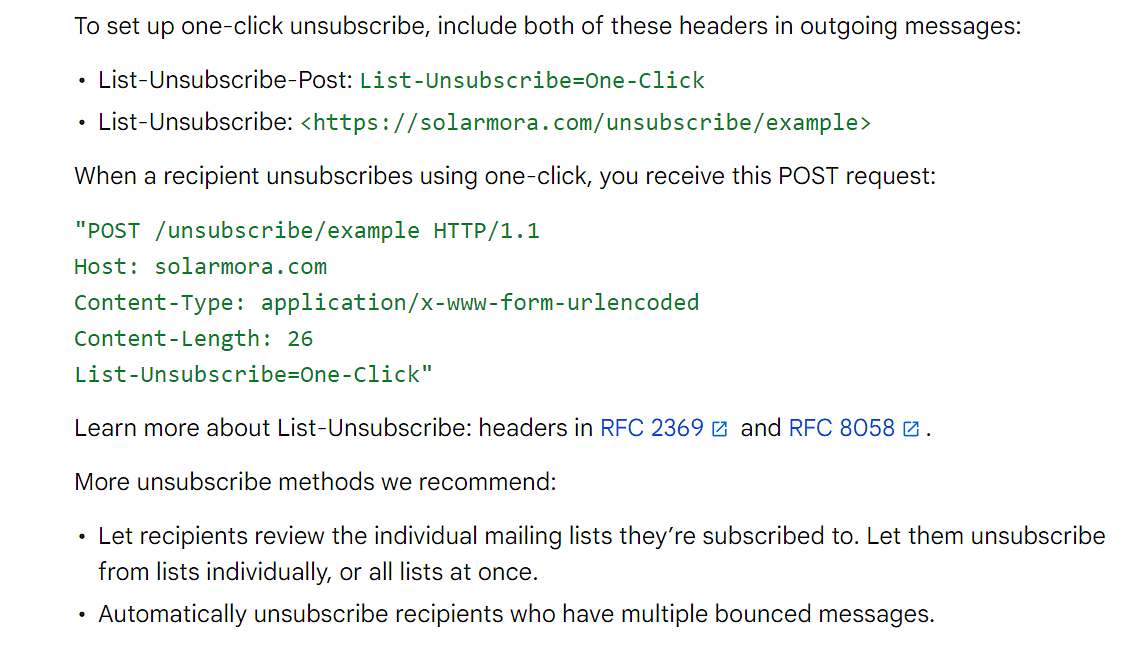
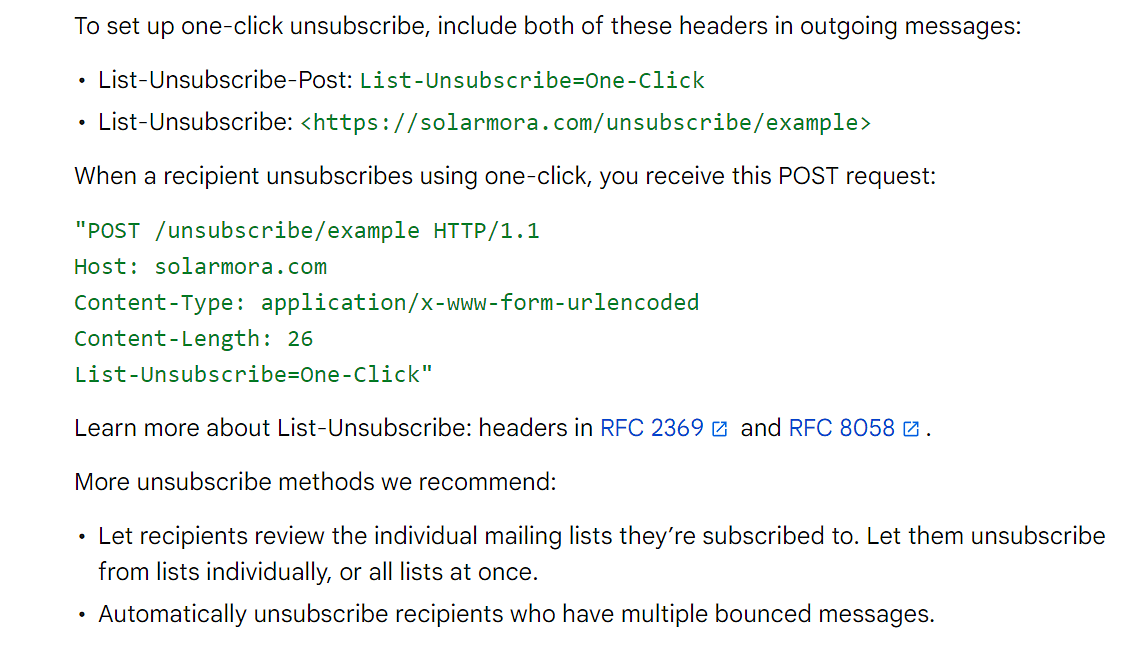
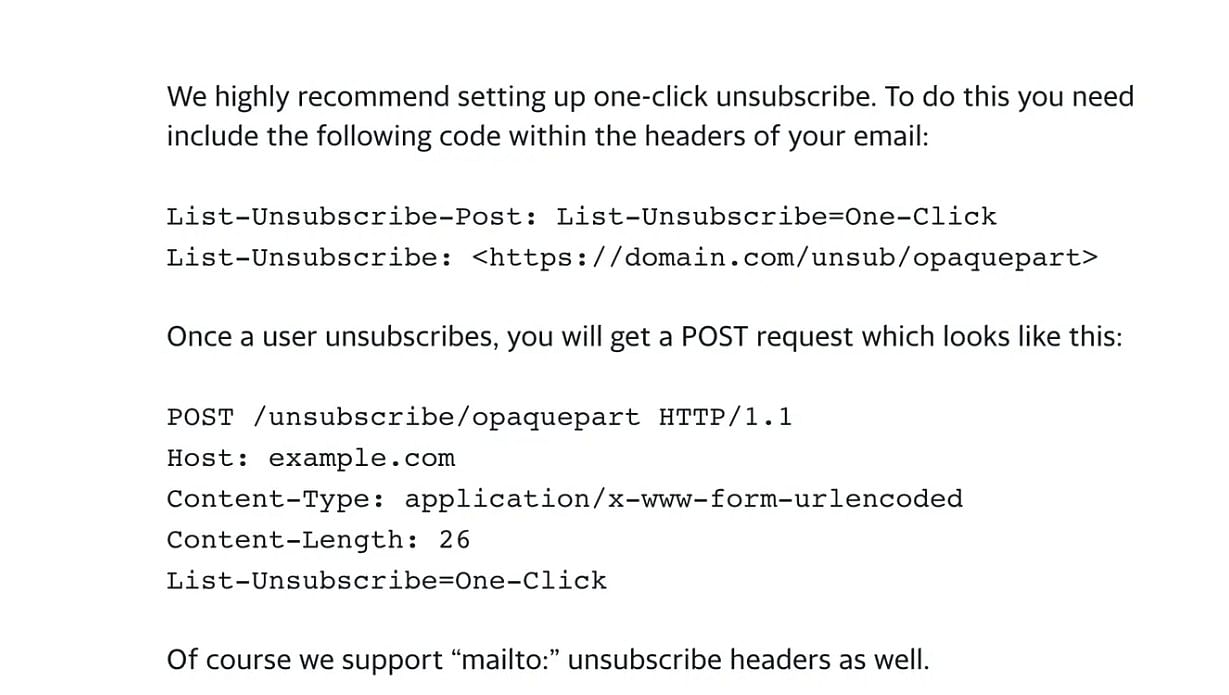
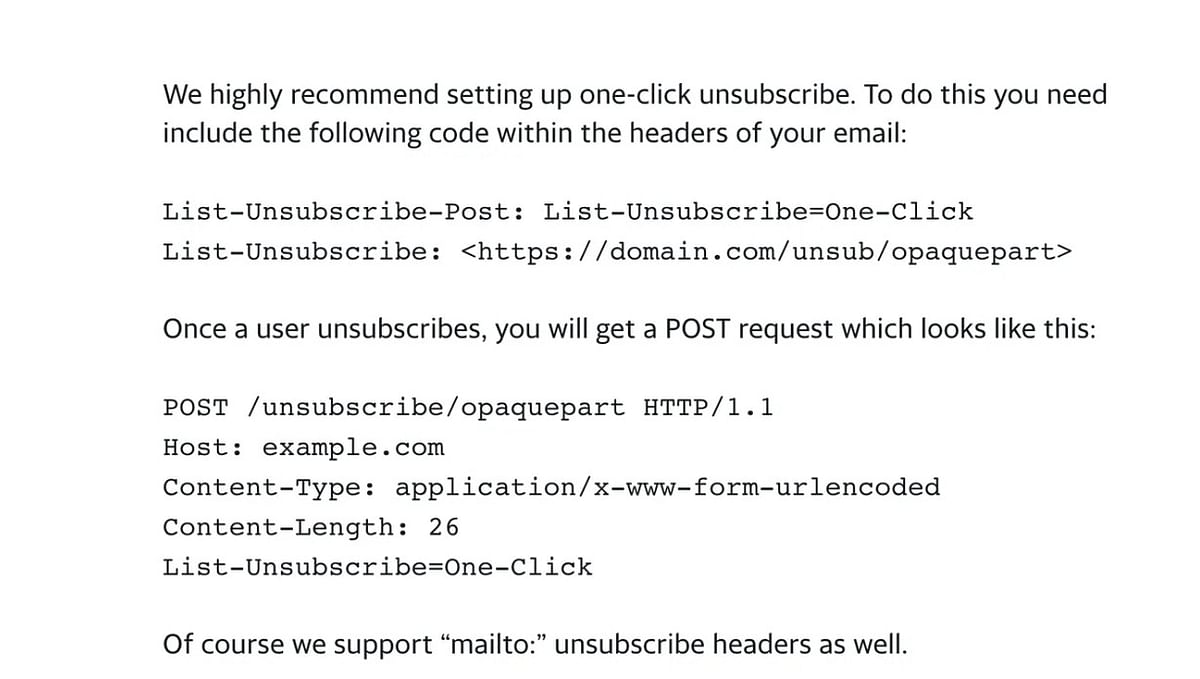
Google has established specific benchmarks, directing senders to “keep spam rates below 0.3% as reported in Postmaster Tools” and “aim to keep spam rates below 0.10%.” Masu.
To access these metrics, senders must register with Postmaster Tools. Postmaster Tools is another service provided by Google to monitor data related to large volumes of email sent and obtain information about sending domains. Users can explore various dashboards to gain insight into details such as Gmail delivery errors, spam reports, feedback loops, and more.
Yahoo employs a Complaint Feedback Loop (CFL) to help senders monitor spam complaint rates.When a message is authenticated with DomainKeys Identified Mail (DKIM) When a key enrolled in the CFL program triggers a complaint, Yahoo sends a detailed report to the sender. Displayed in Abuse Reporting Format (ARF), this report allows senders to exclude recipients from future campaigns, helping to keep spam rates low.
Email verification tool
Domain-based Message Authentication Reporting and Conformance (DMARC), DomainKeys Identified Mail (DKIM), Sender Policy Framework (SPF), and Authenticated Received Chain (ARC) to block spammers, phishers, and fraudulent emails. Email authentication tools that work together. Entities will no longer be able to send email on behalf of domains they don't own.
DMARC notifies receiving email servers about the actions to take based on the results of SPF and DKIM verification. His DMARC policy for a domain can be configured in multiple ways to instruct the mail server to quarantine, reject, or deliver emails that fail SPF or DKIM (or both). DMARC reports provide administrators with the insight they need to improve their DMARC policies, including addressing issues where legitimate email is incorrectly identified as spam.
DKIM allows domain owners to automatically sign emails sent from their domain. This is similar to how a signature on a check verifies its creator. This signature used by DKIM is digital and mathematically authenticates that the email is coming from a legitimate domain.
SPF acts as a way to enumerate all the servers that your domain sends email from. This helps individuals verify whether an employee belongs to an organization.
ARC verifies the previous authentication status of forwarded messages. Even if the forwarded message passes her SPF or DKIM authentication, Gmail will classify the message as unauthenticated if the ARC indicates a previous authentication failure.
SPF, DKIM, and DMARC records exist in the publicly accessible Domain Name System (DNS). DNS plays an important role in linking her web address to his IP address, allowing users to seamlessly retrieve content from servers on the Internet without having to remember long alphanumeric addresses.
Using an email service provider
Gmail doesn't accept allowlist requests from email providers. We cannot guarantee that messages sent by your email provider will pass his Gmail spam filter. If your organization uses a third-party email provider to send email to your domain, you must ensure that the provider follows your guidelines. Major providers such as Google, AOL (American web portal and online service) and Yahoo usually follow these guidelines.
You must ensure that your domain's SPF record includes references to all email senders for that domain. If third-party senders are not included in her SPF record, messages sent from these providers are more likely to be marked as spam.
Google warned in an FAQ that starting in April 2024, spam senders to Gmail users will face an increase of 21 message rejections unless they follow new Gmail email sender guidelines.
The company explains that if, for example, 75% of your traffic complies with the new email sender authentication guidelines, some of the remaining non-compliant traffic will be rejected. However, the exact proportion remains unknown. Google says enforcement of the new rules will be “gradual and gradual.”


